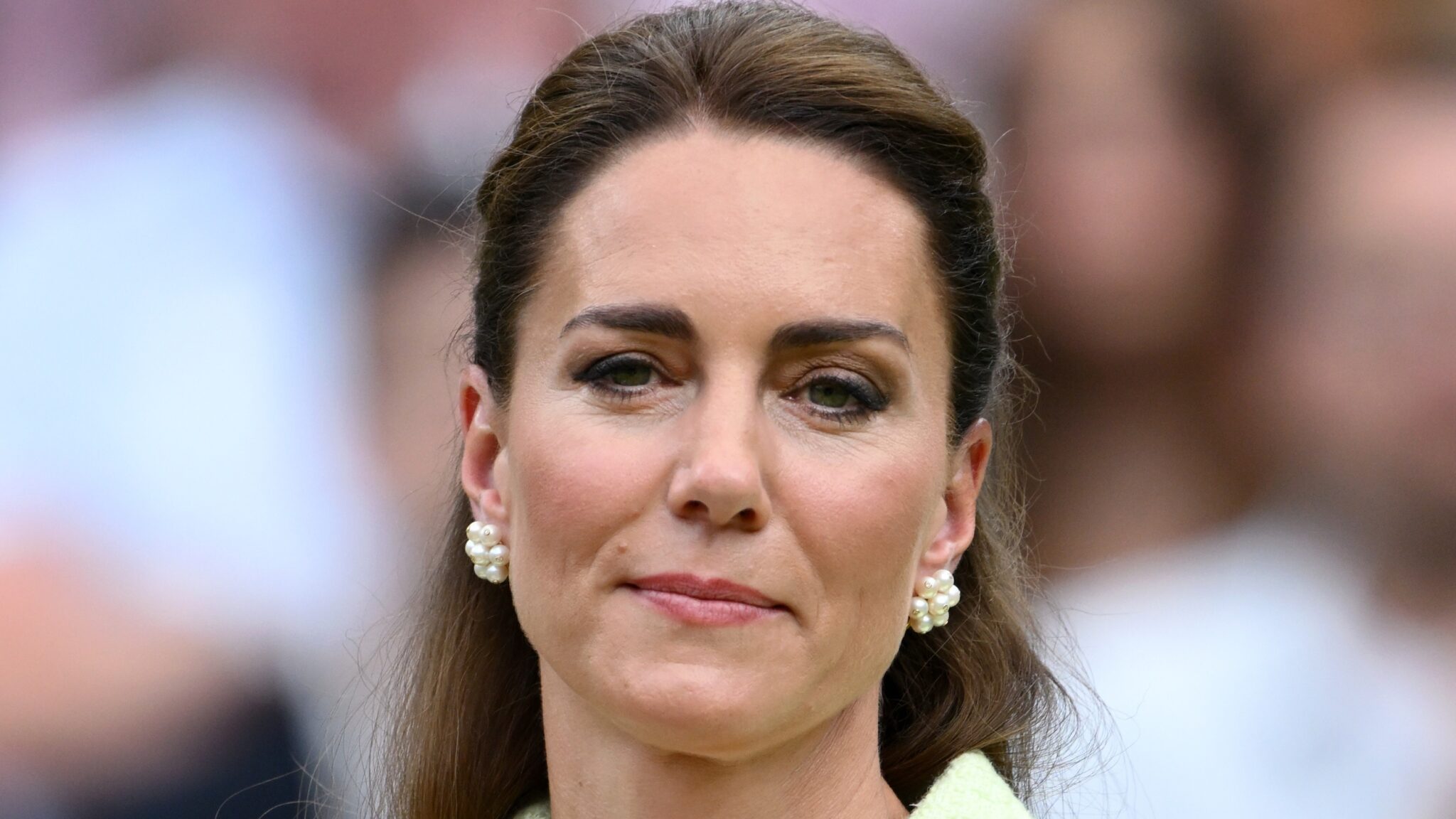The future of the British royal family is heavily dependent on Kate Middleton, according to Paul Burrell, Princess Diana’s former butler. In a recent interview with The Mirror, Burrell emphasized the crucial role Kate plays in ensuring the continuity of the monarchy. He stated that if Kate were to leave her marriage, it could potentially lead to the collapse of the royal family.
Burrell, who worked closely with Diana for over a decade until her untimely death in 1997, highlighted the immense responsibility Kate carries as the new Princess of Wales. “Kate is in such an incredible position because it all rests on her really,” he said. “The future rests on Kate, and that’s an enormous responsibility because if she decided that she didn’t want to be a part of her marriage any more, then I think the royal family would collapse.”
Burrell’s comments underscore the significance of Kate’s position within the royal family. As the wife of Prince William, the heir to the throne, Kate’s commitment to her marriage and her role in the monarchy is seen as pivotal for its future. Burrell emphasized that “Everything is pinned up by Kate, the future is underpinned by Catherine Middleton and that’s incredible.”
The comments made by Burrell shed light on the significant role and expectations placed upon the new Princess of Wales, Kate Middleton. He draws a parallel between her position and that of her late mother-in-law, Diana, who was once viewed as the future of the monarchy. Burrell acknowledges the immense burden Kate now carries, describing it as “not an enviable position.”
Burrell highlights that, like Diana before her, Kate is married to the Prince of Wales and is seen as crucial to the future of the monarchy. He commends the couple’s efforts to present a positive public image, stating that their affectionate gestures are reassuring to the public and suggest that “something is being done right,” in contrast to Diana’s experience.
Overall, Burrell’s remarks provide an informative perspective on the scrutiny and expectations surrounding Kate Middleton as the new Princess of Wales, drawing comparisons to Diana’s legacy and emphasizing the importance of their public image for the monarchy’s future.

The dynamics within the marriage of Charles and Diana were evident through their public interactions. As Paul Burrell, a former royal staff member, observed, in the later years, Diana would intentionally turn away from Charles when he attempted to kiss her, and she would avert her gaze from him in public settings, conveying a message of distance and discord.
Burrell is not the first former royal employee to highlight Kate Middleton’s pivotal role in shaping the future of the monarchy. Last January, Patrick Jephson, who previously served as Diana’s chief of staff, singled out Kate as the key figure in charting the course for the royals’ next chapter. Jephson stated that amidst the Prince Andrew scandal, the monarchy desperately needs reassuringly conventional royal figures, and Kate’s presence is precisely what these troubled times require. He emphasized that it is no exaggeration to say that the Windsors’ future lies in her hands.

Jephson’s statement suggests that Kate has strategically navigated the long-term expectations of the monarchy, a skill he refers to as the “ultimate long game.” He highlights Kate’s “presence,” “bearing,” “gravitas,” and “regal factor” as qualities that distinguish her as a future queen, drawing a parallel with the late Princess Diana.
However, not all experts concur that Kate’s perceived success stems from emulating Diana’s approach. Katie Nicholl, a royal expert and author of “Kate: The Future Queen,” argues that one of Kate’s strengths lies in her ability to forge her own path, rather than following in Diana’s footsteps. This divergent perspective suggests that Kate’s accomplishments may be attributed to her unique qualities and approach to her role within the royal family.
The remarks by royal biographer Katie Nicholl shed light on the Duchess of Cambridge’s approach to her role within the British Royal Family. Nicholl asserts that while Kate Middleton is inevitably compared to the late Princess Diana, she consciously strives to forge her own distinct identity. Despite the symbolic weight of Diana’s engagement ring, which Kate now wears, Nicholl emphasizes that Kate is a fundamentally different individual from her iconic predecessor.
According to Nicholl, Kate’s success lies in her ability to carve out a unique niche for herself as the Duchess of Cambridge, shaping the role according to her own persona. While she may occasionally emulate Diana’s style choices or parenting approach, Nicholl states that Kate’s primary objective is to establish herself as her own unique royal figure.
Nicholl’s insights suggest that Kate Middleton is determined to be recognized as an independent and authentic presence within the monarchy, rather than merely attempting to replicate Diana’s legacy. Her efforts are geared towards creating a distinct and personalized interpretation of her role as the Duchess of Cambridge.

